Often referred to as the grandmother of the French New Wave, Agnès Varda is well known for films including Cleo from 5 to 7 (1962), Vagabond (1985), and The Gleaners and I (2000). However, Varda is also an accomplished visual artist, and for the last ten years she has collaborated with museums and galleries to present media, sculpture, installations, and photography.
At 85, Agnès remains energetic and inspiring, serving as the guest artistic director at this year’s AFI Fest and speaking at the Getty Center this Sunday. Almost immediately after arriving in Los Angeles recently, Varda headed to LACMA to visit her exhibition also opening Sunday, Agnès in Californialand. The centerpiece of the exhibit is a film shack fabricated out of strips of a 35mm print of LIONS LOVE (. . . AND LIES) from 1969, one of the four Varda films recently restored by LACMA, the Film Foundation, and the Annenberg Foundation.
From a distance the shack’s celluloid surfaces are indiscernible, but close up the combination of richly colored and faded pink transparencies casts a captivating glow across the museum floor. I alternated between examining the magnificently abstract patterns that extend across multiple filmstrips and studying the details contained within the individual film frames. In addition to the title card and close-ups of Warhol superstar Viva (the film’s lead actress), I was able to find delightful period details of Los Angeles: street signs, landscapes, and the Hollywood Walk of Fame.
An introductory text composed by Varda for the gallery wall proudly declares that the film was a commercial flop. Though the recent digital restoration promises to give LIONS LOVE (. . . AND LIES) new life, it also renders old and damaged prints of the film obsolete. Ever open to technological change, but resistant to waste, Varda decided to recycle an old print for her California shack. The filmstrips draw the past into the present and offer the opportunity to create new memories about Los Angeles in 1969.
The shack is comfortably situated amidst a tribute to Varda’s time in Californialand that extends across all of the gallery’s walls. One wall features photographs of Black Panther demonstrations, a Griffith Park love-in, and Venice Beach murals. Across the room, Varda has arranged an oversized collage of memorabilia and memories from LIONS LOVE (. . . AND LIES), including the first issue of Andy Warhol’s Interview. This combination of pins, photos, and text contributes to the exhibition’s comfortable intimacy and further encourages visitors to freely navigate multiple places and times.
With installation, Agnès has discovered a new way to engage with both artistic materials and her audience. Her longstanding interests in the passage of time, the function of memory, and the relationship between filmmaker and subject are invigorated by the flexibility of gallery display. This turn in her career has brought her work to a new audience and created another generation of enthusiasts. As she says in her film Beaches of Agnès, she has “gone from being an old filmmaker to a young artist!” A life dedicated to cinema and the arts has been redefined.
Agnès Varda joins the Getty Research Institute’s Rani Singh on Sunday, November 3, at the Getty Center for a free conversation about the filmmaker’s shift into installation and art. You can read more about her LACMA exhibition here, and see the schedule of AFI Fest screenings here.



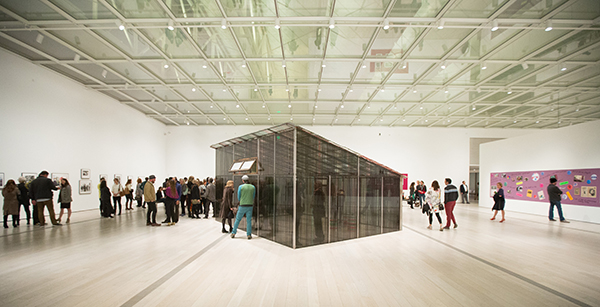
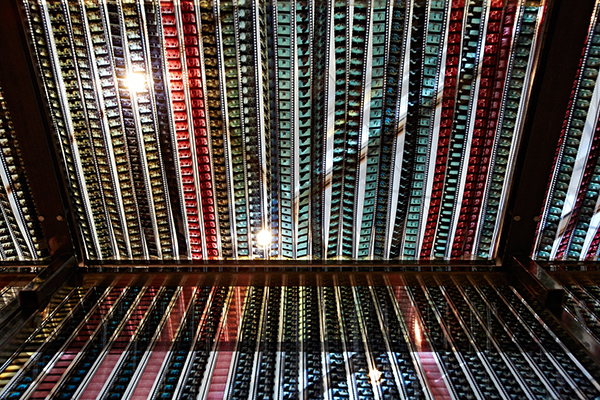
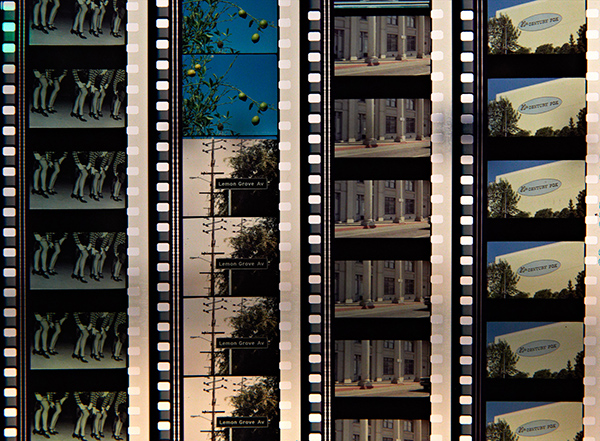
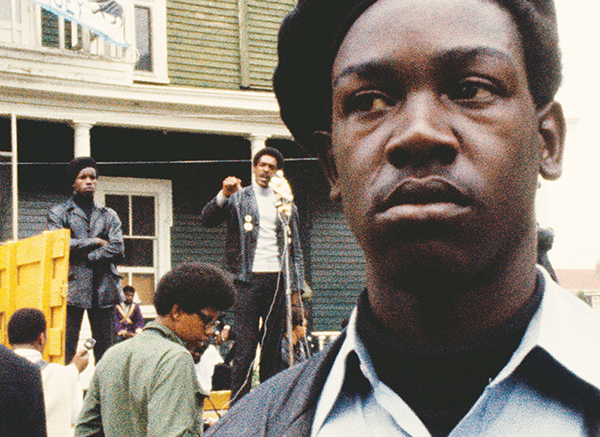
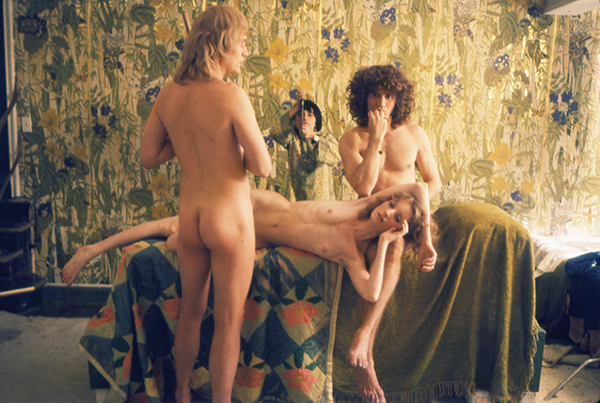



Comments on this post are now closed.
Trackbacks/Pingbacks